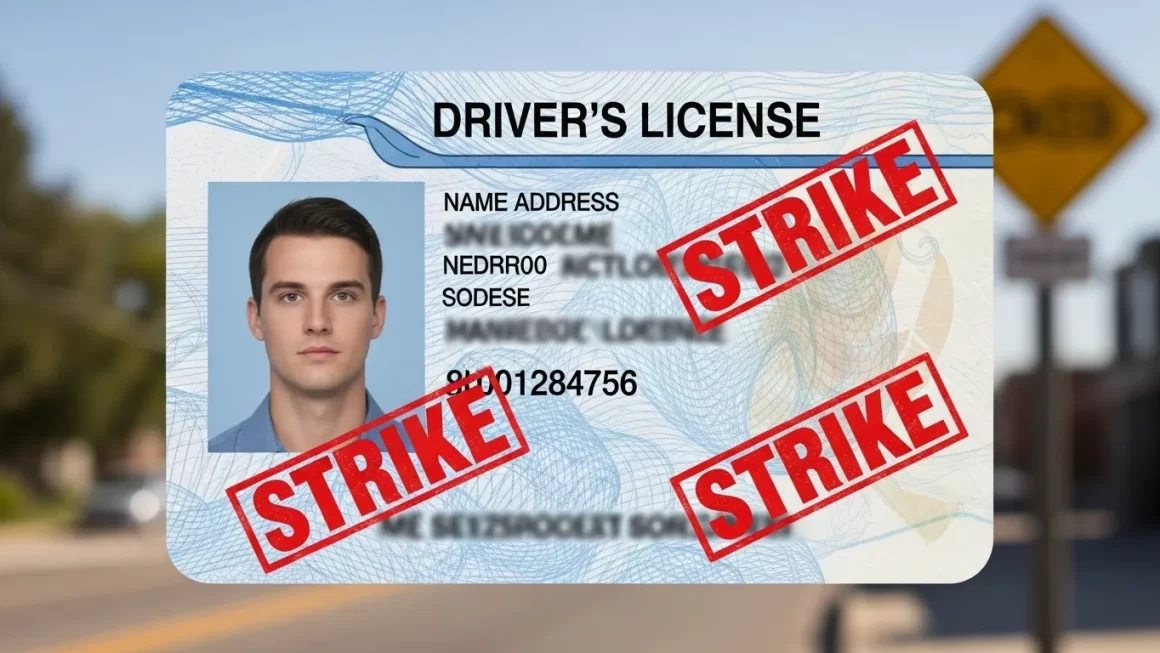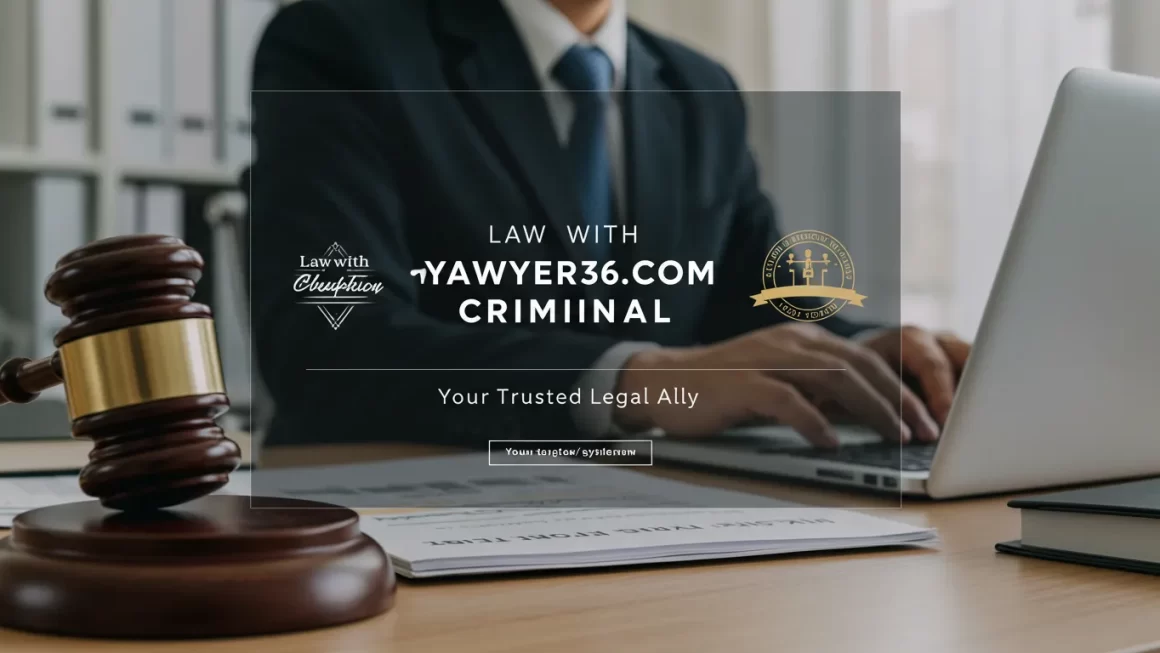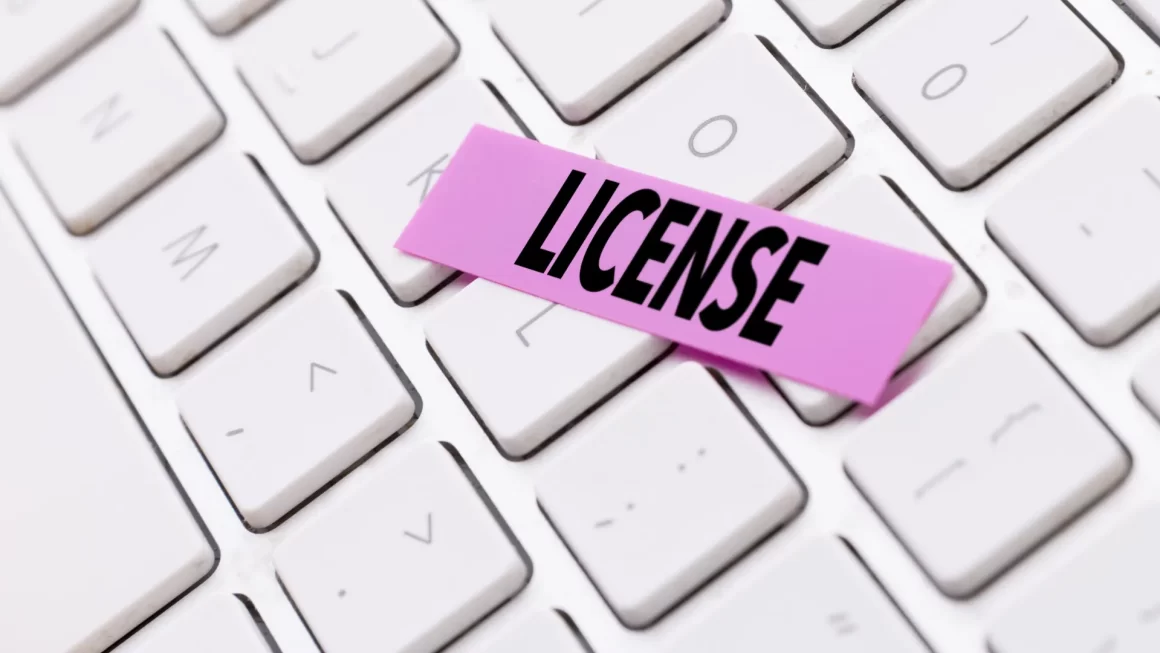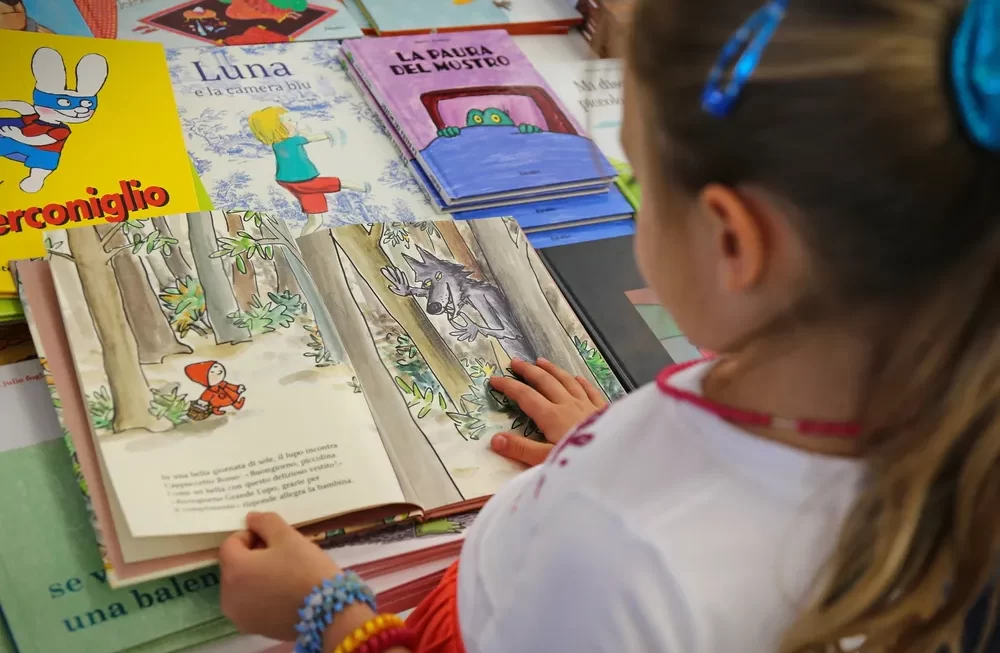Table of Contents
Introduction
I often hear people ask, “What happens when someone keeps breaking traffic laws?” That’s where the concept of “is three strikes in driver license laws will be revoked” comes in. These rules are designed to handle repeat offenders on the road, with the goal of keeping everyone safer.
We should look at this topic closely because it doesn’t just affect reckless drivers. It also impacts families, communities, and even how we think about road safety.
Why Repeat Offenses Matter
We know that one mistake can happen to anyone. A speeding ticket or a minor violation doesn’t always define a driver. But when someone keeps repeating unsafe behavior, it raises bigger concerns.
They not only put themselves at risk, but they also endanger other people sharing the road. This is the reason lawmakers started shaping “three strikes” style systems.
How the Rule Usually Works
These laws usually follow a simple pattern:
- First strike: Warning or smaller penalty.
- Second strike: Bigger fine, longer suspension, or mandatory driving classes.
- Third strike: Possible loss of license, and in some cases, criminal charges.
They work like a “last chance” setup giving drivers time to change before facing the toughest consequence.
What Kinds of Offenses Count
Not all violations carry the same weight. Some states focus only on major violations, while others count smaller ones too.
Examples that usually count include:
- Driving under the influence (DUI or DWI)
- Reckless driving with high risk of harm
- Driving without insurance or a valid license
- Hit-and-run incidents
- Excessive speeding
These are treated seriously because they show a pattern of dangerous choices.
How Different States Apply It
They don’t all use the exact same system. For instance, some states may apply lifetime bans after three strikes, while others only suspend licenses for a period.
We see stricter enforcement in places with high accident rates. Meanwhile, other regions may focus more on education and rehabilitation. This difference creates ongoing debate about fairness and effectiveness.
What Happens After the Third Strike
We often think losing a license is the final step. In reality, things can go further. A driver may face:
- Longer suspensions (several years or even permanent revocation)
- Mandatory re-testing before getting a license back
- Higher insurance costs or denial of coverage
- Court-ordered programs, such as alcohol or defensive driving classes
These penalties are meant to discourage dangerous behavior and protect public safety.
How Drivers Feel About the Rule
Some drivers argue that the system is too harsh. They feel one mistake should not lead to lifelong punishment.
Others support it, saying it finally holds repeat offenders accountable. For families who lost loved ones in crashes caused by repeat offenders, these laws can feel like justice.
Why Safety Advocates Support It
We can’t ignore the role of safety groups. They argue that too many lives are lost because of repeat violators. Statistics often show that drivers with multiple offenses are more likely to cause fatal accidents.
For these groups, the three-strike system isn’t just about punishment. It’s about prevention.
Challenges With Fairness
They also raise fairness concerns. For example, someone in one state might lose their license forever after three offenses, while in another state, they may only get a temporary suspension.
There are also cases where people make mistakes because of financial struggles, like not being able to pay for insurance. Critics argue the system can sometimes punish poverty rather than protect safety.
Stories From Real Drivers
We hear stories on both sides. Some drivers say losing their license pushed them to change their habits and respect the road more.
Others admit that they drove illegally even after suspension, which created new risks. These stories highlight how important it is to balance punishment with real solutions.
How Technology Plays a Role
We now see tools like ignition interlock devices, which prevent a car from starting if the driver has alcohol in their system.
We also see states using digital tracking and driver improvement programs online. These tools aim to help drivers reform before hitting that final strike.
Lessons for New Drivers
They should learn early that small mistakes add up quickly. A single reckless choice might not end their driving future, but repeated behavior will.
Parents, teachers, and driving schools play a big role here. Education can help prevent strikes from happening at all.
The Bigger Picture for Road Safety
We can see this rule as one piece of a larger puzzle. Traffic safety depends on laws, enforcement, education, and personal responsibility.
No system is perfect, but three-strike rules send a clear message: repeated risky driving won’t be tolerated.
Final Thoughts
We’ve looked at how three strikes in driver license laws affect drivers, families, and communities. These rules aim to protect lives by discouraging repeat offenses.
While some see them as harsh, others see them as necessary. What’s clear is that these laws continue to shape how we think about responsibility on the road.
If you drive, remember every choice matters. Avoiding strikes isn’t just about keeping your license. It’s about protecting yourself and everyone else on the road.




